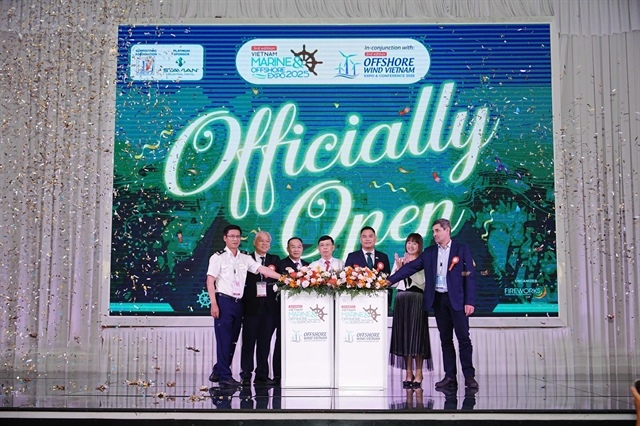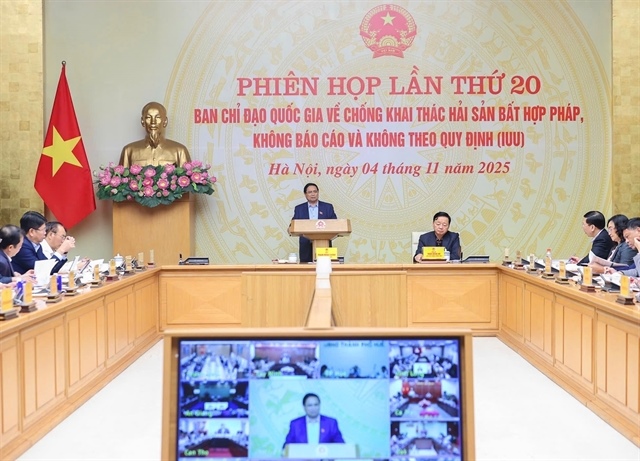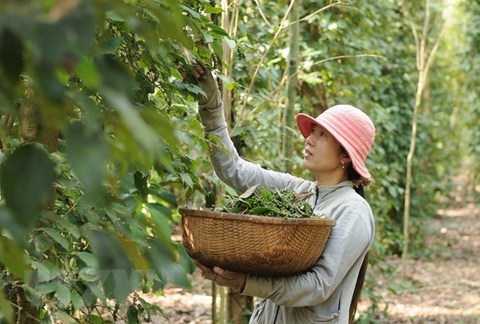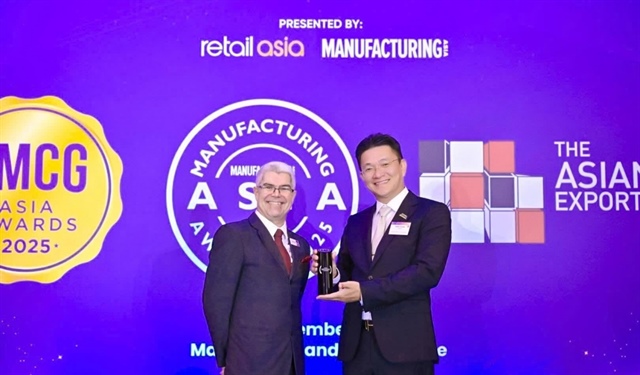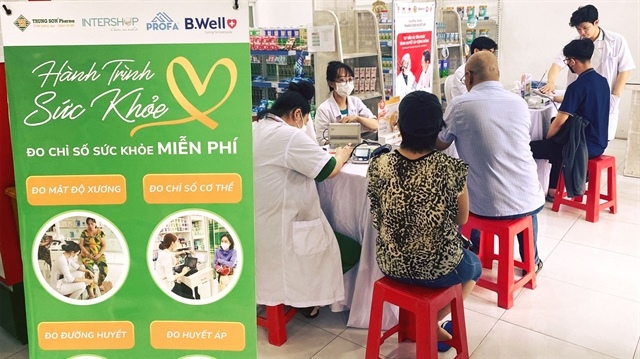Low-emission energy technology: sole lifeline of textile and garment sector
Low-emission energy technology: sole lifeline of textile and garment sector
The World Bank has officially introduced a $312.5-million loan package as part of the project themed “Vietnam Energy Efficiency for Industrial Enterprises” (VEEIE) to provide Vietnamese textile and garment enterprises capital to modernise equipment to save energy.
The loan was introduced in the framework of the workshop themed “Technical assistance to apply low-emission energy technologies in Vietnamese textile and garment enterprises” organised by US Agency for International Development (USAID) and the Vietnam Textile and Apparel Association (Vitas) in Hanoi on August 23.
Through supplying loans for Vietnamese enterprises to invest in modern technologies, the World Bank aims to help Vietnamese enterprises in general and textile and garment enterprises in particular to use energy effectively and safely.
The project, which will be implemented in the 2017-2022 period, combines four components. The first component is energy efficiency investment lending. Accordingly, the World Bank will provide a loan amount of $312.5 million over five years. The money will be divided among commercial banks to disburse among enterprises through loans.
The second component is technical assistance and capacity enhancement for enterprises and related authorities, while the third component is setting up a risk-sharing fund. The last step will be a $10-million carbon financing programme.
“Vietnamese enterprises in general and textile and garment enterprises in particular will benefit from this project because they will be permitted to receive long-term low-interest loans for up to 80 per cent of the investment capital of low-emission energy technologies,” said Chu Ba Thi, co-leader of VEEIE.
Thi added that it will be easy for Vietnamese enterprises to approach these loans because when they register at commercial banks, their applications will be forwarded directly to the World Bank for approval. There will be no any intermediaries between commercial banks and the World Bank as previously.
After conducting the programme, the World Bank will target major annual results, including saving 3.7 billion kWh of power, 2.15 million tonnes of coal, and decreasing CO2 emissions by 9.67 million tonnes.
A representative of Viet Thai Garment Export JSC said that the company has equipped a lighting system and a boiler and steam distribution system imported from Japan and Europe to decrease emissions and save energy, because the company's board of directors are aware of the importance of investing in modern, energy efficient technologies and meeting foreign partners' rigorous standards.
"I think that with the favourable conditions to approach it, the loan will be useful for Vietnamese enterprises, especially small- and medium-d enterprises as Viet Thai. I will propose applying for the loan to the board of directors," added the representative of Viet Thai.
In the framework of the event, USAID launched Vietnam Low Emission Energy Program (V-LEEP) to help Vietnamese enterprises in general and textile and garment enterprises in particular to deal with energy problems
V-LEEP is a USAID-funded project designed to assist public and private stakeholders in Vietnam in establishing an effective policy, regulatory, and incentive environment for low-emission growth in the energy sector, while simultaneously attracting investment in renewable energy development and industrial energy efficiency.
The programme will promote the development of critical building blocks to scale up clean energy, including access to technology, access to financing, the development of bankable projects, and the development of a sustainable renewable energy supply for Vietnam.
Vietnam currently has more than 6,000 textile and garment enterprises in operation, almost all of which employ simple manufacturing processes with low value, while the textile and garment industry ranks second on the list of industries using energies having the largest CO2 emission.
According to a USAID report, the textile and garment industry spends $3 billion on energy every year. Equipment using the largest energy include boiler and steam distribution systems, air compressors, and lighting systems, while the most frequently used energy sources are coal, electricity, and oil.
Large energy expenses contribute to increasing manufacturing costs, indirectly pushing up product prices and reducing Vietnamese textile and garment enterprises’ competitive capacity.
According to Vu Duc Giang, chairman of Vitas, Vietnamese textile and garment enterprises are facing numerous difficulties, including the decreasing value of contracts, foreign partners’ requirements to shorten delivery time, and setting prices comparable to those in China, India, Sri Lanka, and Myanmar, among others. Besides, the free trade agreements that Vietnam signed have yet to bear fruits for Vietnamese enterprises.
Thereby, the programmes of USAID and the World Bank are expected to help Vietnamese enterprises in general and textile and garment enterprises in particular to apply low-emission energy technologies, aiming to reduce production costs and enhance competitiveness.


